calsfoundation@cals.org
Poll Taxes in the Jim Crow South
Objective(s)
Students will interrogate Arkansas’s Jim Crow laws in order to understand the lived historical experiences of Black Americans.
Key Vocabulary
- Primary Sources: first-hand information from those who experienced a time or event. Includes memoirs, interviews, letters, and public documents
- Secondary Sources: second-hand information; works that have been collected, interpreted, or published by someone other than the original source
- Jim Crow Laws: A system of laws used in the southern United States to restrict the rights of African Americans in both the private and political sphere
- Segregation: A lawful means of separating races
- Poll Tax: a tax people must pay in order to vote; these taxes disenfranchised African Americans
- Plessy v. Ferguson: the 1896 United States Supreme Court decision that accepted the principle of “separate but equal”; it became the foundation for several laws and the practice of segregation
- NAACP: the National Association for the Advancement of Colored People, founded in 1909 to support the interests and prosperity of Americans of color following the Reconstruction Era
- Collective Action: when a group of people work together to achieve a common goal, often through organization via labor groups, community initiatives, or social movements
Necessary Materials
Writing utensils, lined paper, Internet access if available, relevant printouts if needed
Historical Background
Between the 1880s and 1960s, many laws were passed in the South fundamentally segregating American citizens based on race. These laws were called Jim Crow laws, after a racist minstrel show “Jumping Jim Crow.” Based on phony science and the religious doctrine of the time, these laws reinforced the belief that African Americans were inferior in some fundamental way to white Americans.
In 1892, Arkansas enacted a poll tax as a voting requirement, explicitly intended to discourage Black citizens from voting. Then in 1896, the Supreme Court case Plessy v. Ferguson defined decades of Jim Crow laws by establishing the legality of the concept “separate but equal.” So long as facilities were considered equal on a basic level, it was fully legal for them to be segregated.
Arkansas was a key state in creating and supporting these Jim Crow laws, including the Separate Coach Law, the Streetcar Segregation Act, and anti-miscegenation laws preventing mixed-race marriages, cohabitation, and even personal relations.
Activities
BELLRINGER
Describe to students the concept of a poll tax: a tax on voting in an election. Ask students to discuss in pairs or tables why taxing people for voting might be problematic. Guide student thinking as necessary; possible conclusions should include 1) it discourages people from voting or 2) only those who can afford it can vote.
If student thinking leads to option 1, ask them: Who is it discouraging the most?
If student thinking leads to option 2, ask them: Who can afford it and who can’t?
Throughout this discussion activity, students should be activating critical thinking skills to tackle this question or unfamiliar concept. By giving students the most basic definition and asking them the leading question “why is this a problem?,” students are encouraged to think creatively and interrogatively about the poll tax, scaffolding the later instruction on how poll taxes were designed to disadvantage Black Americans.
Direct Instruction
Use the bellringer discussion to segue into direct instruction. Begin with when and why the first poll tax in Arkansas was passed, 1892, and ask students to recall what was happening at the time, possible answers being the Civil War (1860s) or Reconstruction (1870s). Now reveal to students through direct instruction why the poll tax was put into place. Throughout instruction, students should learn:
- How widespread poll taxes and other similar laws were
- The explicit and implicit targeting of ethnic and economic groups
- Who these laws impacted and how
- How these laws reflected broader Jim Crow laws and what those were
- How Black Americans reacted to the poll tax
Engaging Secondary Sources
After direct instruction, students should read the entry on Jim Crow Laws from the CALS Encyclopedia of Arkansas via internet access or printed copy. While reading, students should practice marking the text strategies, drawing attention to the different laws that Arkansas passed, how those laws were justified, and how Black and white Arkansans responded to those laws.
After reading, students should read either about the Separate Coach Law of 1891 or the Streetcar Segregation Act of 1903 on the CALS Encyclopedia of Arkansas, either via internet access or printed copy. In a succinct paragraph, students should summarize one or both of the laws, including:
- What prompted the law’s passage
- Who proposed the law
- A description of the law
- Consequences for not following the law
- Reactions to the law
This activity asks students to engage secondary sources in a critical manner, discerning detailed information and putting it into their own words, as well as applying basic writing and research methods to student-led learning.
Analyzing Primary Sources
Students should read (printed or online) the article about Jim Crow laws found in this 1956 issue of the Arkansas State Press titled “Mississippi Screams at Negro Vote Charge,” pp. 1, 4, found in the Arkansas Studies Research Portal.

Remind students of the year this article was written (1956) and that this was the lived experience of the time.
As students read, they should take notes, summarizing the events described in the article including exploring the following questions:
- Why did the Department of Justice threaten to prosecute?
- What was the state government’s reaction to this?
- What was the NAACP’s reaction to this?
Describe to students who and what the NAACP is (the National Association for the Advancement of Colored People est. 1909), and connect this to student thinking during the bellringer. What was a poll tax? Who did it hurt the most? Then, what did the people being hurt do? Students should come to the conclusion that by working together as a collective, Black Americans were able to advocate for themselves and work toward change.
This activity not only connects students to primary sources of the time period and topic, but it also establishes scaffolding for further learning on the efforts for civil rights and social change during the Civil Rights Movement.
Evaluation
Students are evaluated primarily on their ability to think critically and engage with primary and secondary sources. The learning throughout this lesson is student-led and teacher-guided, as students are being exposed to potentially new concepts like collective action, the poll tax, and Jim Crow laws, all with a heavy emphasis on reading.
Extensions
This lesson scaffolds many possible extensions, primarily research-based. Students could research other Jim Crow laws, relevant court cases, or modern-day issues that reflect similar struggles. They should then write a summative report on the discussion surrounding that topic, including both sides of the argument; why they aligned how they did; the public’s reactions to the law, case, or event; and the result of the law, case, or event.




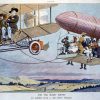


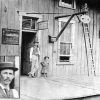
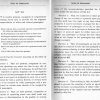
 Jim Crow Laws Cartoon
Jim Crow Laws Cartoon  Jones Poll Tax Receipt
Jones Poll Tax Receipt 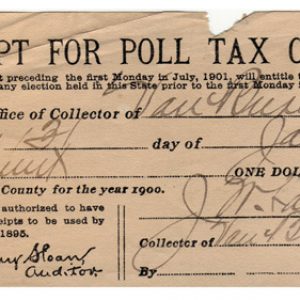 Poll Tax Receipt
Poll Tax Receipt 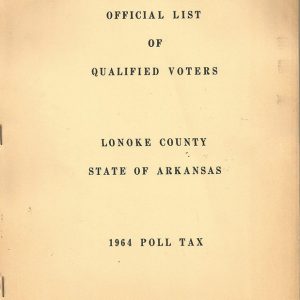 Poll Tax Book
Poll Tax Book 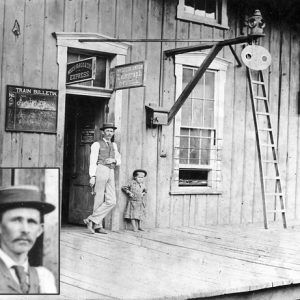 Segregated Waiting Room
Segregated Waiting Room  Segregated Water Fountain
Segregated Water Fountain 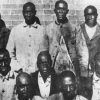




"*" indicates required fields